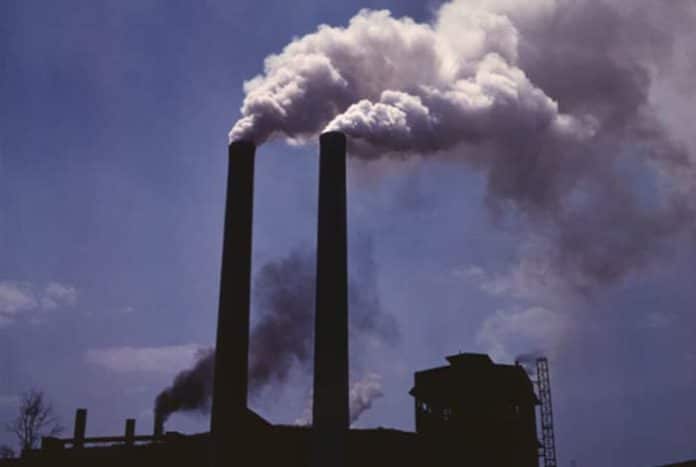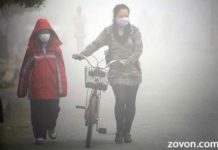
Around 90% of the people across the globe breathe contaminated air, which is completely polluted. As per a new study by the World Health Organization (WHO), air pollution kills around 7 million people every year.
The study is a compilation of the most comprehensive world data on ambient air pollution. WHO collated data from around 108 countries and 4300 cities.
Dr. Maria Neira, director at WHO’s Department of Public Health, said that air pollution levels are alarmingly high across regions. Air pollution poses the biggest environmental health risk; but apart from that, it is a major contributor to deteriorating public health as of now and the biggest we could ever think of.
Particle pollution, which is a combination of solid and liquid droplets in the air can be absorbed by and get deeply embedded in the lungs while breathing. This can result in health conditions such as asthma, stroke, heart disease, lung cancer, and COPD. Particulates like carbon, nitrates, sulphates and more are by products of truck and car traffic, manufacturing facilities and farming. In 2016, around 4.2 million people died of air pollution.
Neira said that the majority of the world’s big cities exceed the benchmark set by the WHO for air quality by more than five times. This is a major risk to the health of the people residing in these regions and the situation is quite alarming.
Africa and Asia are the most affected ones. Around 90% deaths from air pollution is seen these regions. However, this does not mean that other cities are any day better. American and European cities too have air pollution levels higher than what has been considered to be healthy by the WHO.
It is difficult to rank cities in order of increasing levels of air pollution as the data is collected from different sources. The latest WHO data show that the U.S. Cities that are on the side of more pollution are Los Angeles, California and Bakersfield. There are many others on the list.
But, these are not comparable to Rawalpindi and Peshawar in Pakistan or Indian cities like Kanpur and Varanasi.
According to WHO data, a bigger city with cleaner air is Honolulu in the U.S.
Another source for air pollution, particularly in developing economies, is people’s homes. The WHO says that over 40% of the world population do not have clean cooking technology and lighting. People use wood, charcoal and dung in their cooking stoves or open fires for making meals and heating their homes, creating air pollution inside the homes. Improvements in technology could not keep up with the growth of population and the world has seen 3.8 million deaths from home pollution in 2016.

Many cities are monitoring the levels of air pollution. Many things can be done at the local level for reducing air pollution. For example, instead of driving you could choose to walk or use public transport. For protecting yourself, stay indoors when the levels of pollution are high. You should take special care if you have a heart problem or you are now old. To reduce exposure in your home, get filtration equipment installed in your household ventilation system.
Kevin McConway, emeritus professor at the Open University, said that this study has revealed the impact of air pollution. We need to do something about air pollution in richer countries like London, but it is the lower- and middle-income countries that need immediate attention.
Dr. Anthony Frew, an allergy and respiratory medicine specialist, wants his countrymen to breathe cleaner air and warns that their lifestyle is an environmental burden. People living in the West are lucky to live, where they are living, but industries are causing pollution elsewhere in the world, which is causing a deep impact on people’s health.
have exceeded the levels of pollution as suggested ideal by the WHO.






